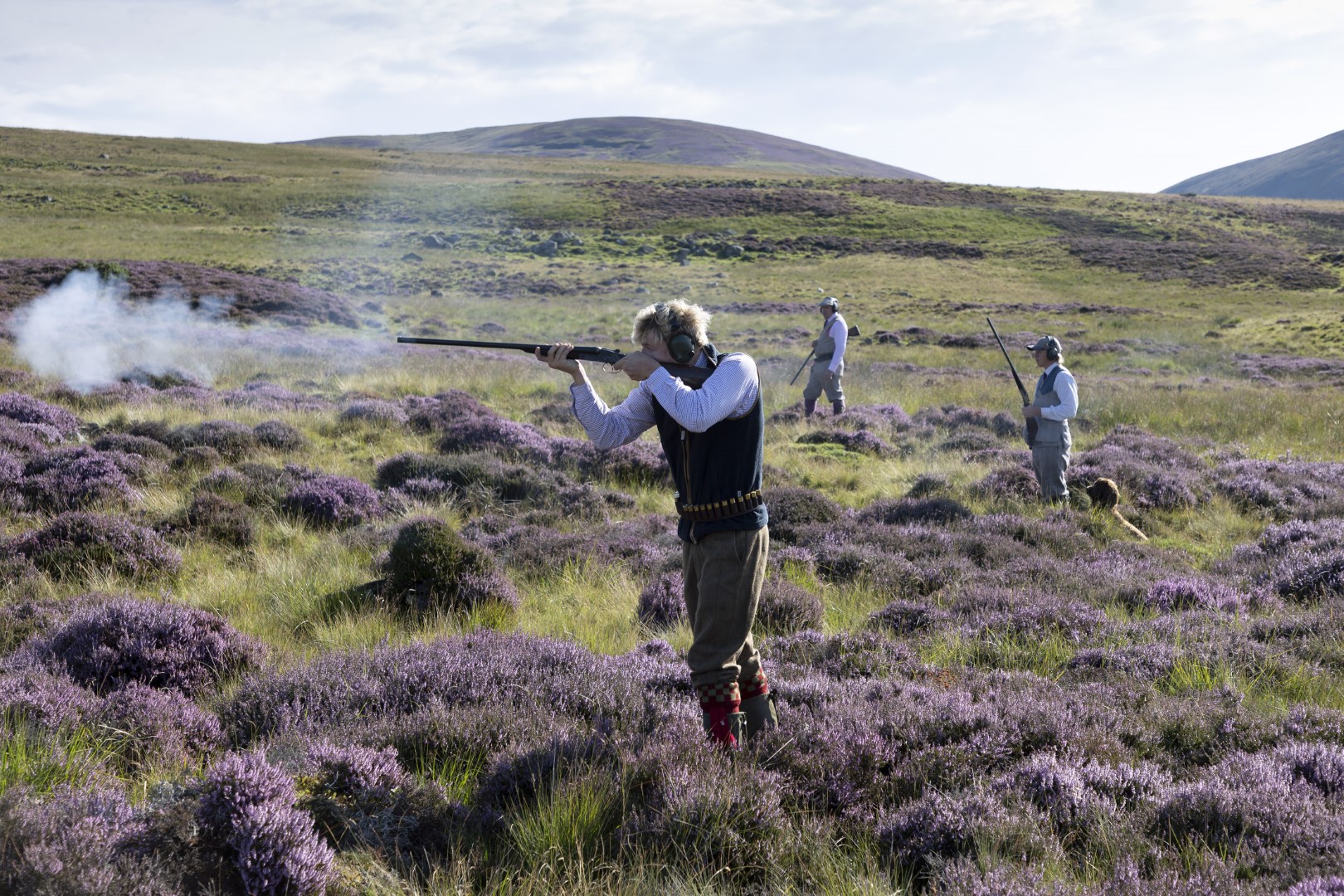The official start of the grouse season, the Glorious Twelfth , begins tomorrow, with shooting parties taking to the moors across Scotland from the Lammermuirs in the south to the Dornoch Firth in the north.
The game and country sports sector is worth over £350m per year to the Scottish economy. Over 11,000 full time jobs are supported by sporting shooting, often in rural areas where alternative sources of employment are scarce.
This season is the last before a new licensing scheme is introduced under the Wildlife Management and Muirburn (Scotland) Bill.
Moorland managers and rural organisations are concerned that the revenue generated by the season and the thousands of jobs supported by the sector will be lost if the legislation goes ahead in its current form.
Ross Ewing, Director of Moorland for Scottish Land & Estates said: “Sustainable grouse moor management provides a huge boost to the economy, bringing visitors to rural areas from August to December and providing revenue which underpins rural jobs year-round.
“The licensing scheme proposed by the Scottish government is excessively disproportionate, allowing NatureScot to suspend a licence if an official investigation is initiated and, crucially, without being satisfied that any relevant offence has been committed.
“We would urge the Scottish government to amend the legislation, before it has an impact on jobs and the rural economy.”
In addition to the revenue generated for the Scottish economy, grouse moors are managed sustainably to provide a range of environmental benefits including carbon capture, peatland restoration, wildfire prevention and habitat creation.
Land managers in the uplands have worked in partnership with conservation bodies to restore 25,000 hectares of degraded peatland since 2012, ensuring the carbon stores built up over thousands of years remain locked up in the ground.
Ross Ewing, continued: “Sustainable grouse moor management provides remarkable conservation benefits, particularly for ground nesting birds, birds of prey, rare moorland plants and pollinators. The uplands are home to specialist species that benefit enormously from land management for red grouse.”
A new report published this week by Professor Simon Denny, formerly of the University of Northampton and peer-reviewed by Professor James Crabbe from the University of Oxford, ‘Sustainable driven grouse shooting?’ found that moorland managed for grouse shooting provides greater overall benefits than any alternative land use, based on International Union for Conservation of Nature environmental, social and economic definitions.
Ground-nesting birds such as Golden Plover, Oystercatcher, Redshank and Merlin do particularly well on managed moorland, with Curlew and Lapwing being four times more likely to successfully raise chicks on grouse moors than on other landholdings, due to the keepering practices in place.
The number of birds of prey in Scotland continues to rise, with thriving populations of Buzzard, Red Kite and Golden Eagle. Grouse moors have donated Golden Eagle chicks from the Angus Glens to the south of Scotland, due to the sustainable and rising population of these iconic birds in the Angus Glens.

